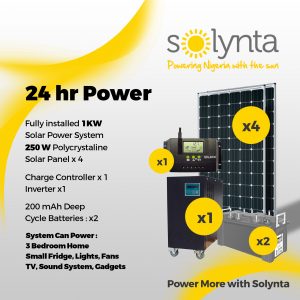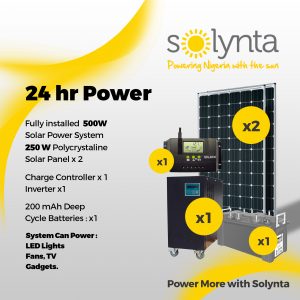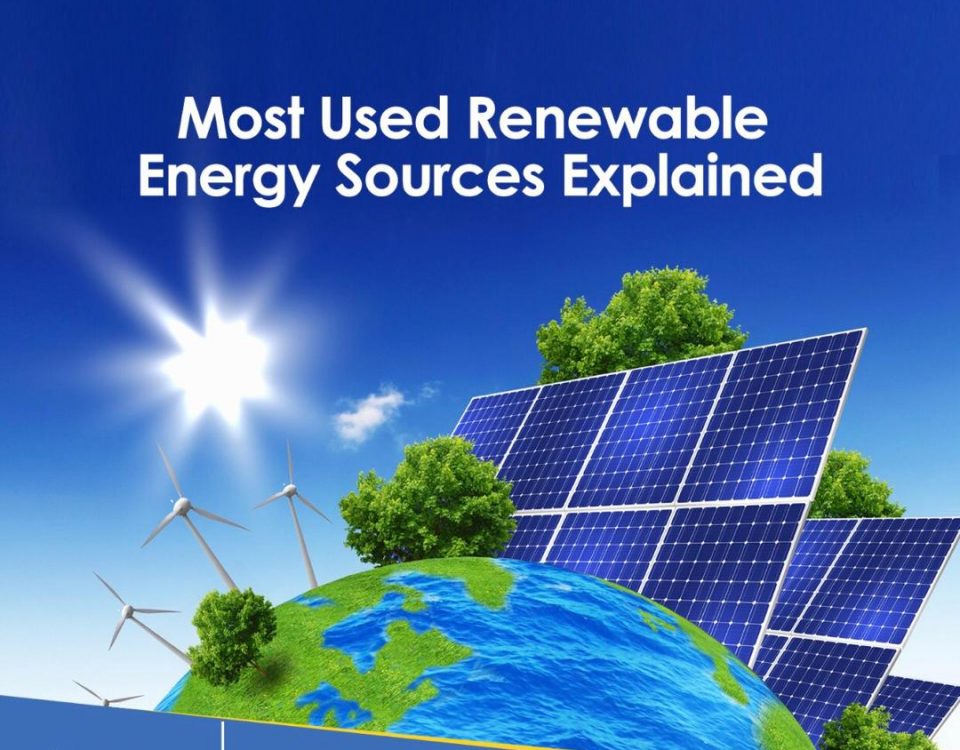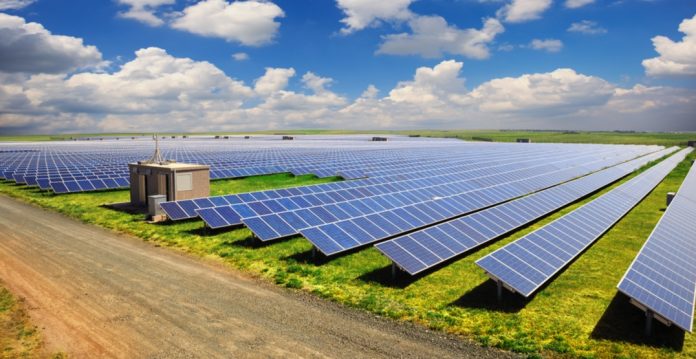How Solar Greenhouses Contribute not only Power,but Warmth as well

How Effective Passive Solar Design is in Generating Energy
2018-01-27
Solar is the Antidote To Fuel Scarcity-Professor Boyo
2018-01-29All greenhouses collect solar energy. Solar greenhouses are designed not only to collect solar energy during sunny days but also to store heat for use at night or during periods when it is cloudy. They can either stand alone or be attached to houses or barns. A solar greenhouse may be an underground pit, a shed-type structure, or a hoophouse. Large-scale producers use free-standing solar greenhouses, while attached structures are primarily used by home-scale growers.
Passive solar greenhouses are often good choices for small growers because they are a cost-efficient way for farmers to extend the growing season. In colder climates or in areas with long periods of cloudy weather, solar heating may need to be supplemented with a gas or electric heating system to protect plants against extreme cold. Active solar greenhouses use supplemental energy to move solar heated air or water from storage or collection areas to other regions of the greenhouse. Use of solar electric (photovoltaic) heating systems for greenhouses is not cost-effective unless you are producing high-value crops.


SOLAR GREENHOUSES VS. CONVENTIONAL GREENHOUSES
The solar greenhouse differs from conventionally designed and operated greenhouses in that it does not rely on outside sources of energy for winter heating and summer cooling. A conventional greenhouse is usually all glass and pays no attention to direction of the sun. The solar greenhouse tries to get as much solar energy as possible by using glazing on surfaces with southern exposure to permit the entry of heat and light. The northern walls are insulated to reduce heat loss at night. Vents promote natural circulation to help keep the interior cool. A storage mass, usually in the form of steel drum filled with water, helps to reduce the difference between day and night temperatures. The south side of the solar greenhouse is constructed to allow the winter sun penetrate, while excluding the summer sun.
The solar greenhouse relies on passive solar energy. The advantage of passive solar heat is that it can be built right into a freestanding or attached solar greenhouse. The passive design will use very little mechanical equipment, extra piping or special maintenance-as active systems often do.
DESIGNS
In more general terms, any solar greenhouse must contain the following parts to be considered a complete passive solar heating system:
A. A collector, such as the double layer of greenhouse window glazing (glass or plastic).
B. An absorber, usually the darkened surfaces of the walls, floors, and water-filled containers inside the greenhouse,
C. A storage mass, normally the concrete, brick, and/or water that retains the heat after it has been absorbed.
D. A distribution system, which is the means of getting heat into and around the house—fans, natural circulation flows.
E. A control system (or heat regulation device), such as movable insulation used to prevent heat loss from the greenhouse at night. Roof overhangs that block the summer sun and thermostats that activate fans are also controls. Some controls may be operated by the occupant.
________________________________________
HOW A SOLAR GREENHOUSE WORKS
The following principles briefly explain the basics of how a solar greenhouse functions:
A. The sun shines through the clear areas in short waves.
B These waves strike objects in the greenhouse and are reradiated as long waves, the long waves do not readily return through the glazing. This is known as the greenhouse effect. The greenhouse effect is similar to hot air trapped in a car on a sunny day with the windows closed. The inside air becomes warmer than the outside air (Figure 5).
C. Massive (heavy) objects in the greenhouse such as masonry walls, rocks, water drums, concrete, etc., absorb heat during the day and return heat to the structure at night. Pound for pound, the most efficient heat storage you can get is enclosed water. It is necessary that the greenhouse have considerable mass in order to perform properly (about 2 gallons of water or 80 pounds of concrete per square foot of glazing). If this is done, the greenhouse will maintain temperatures as high as 30°F above outdoor lows in winter.
D. The warm air (80-90°F) from the greenhouse goes directly into the adjoining structure (Figure 6). This works best if there are high and low openings. The vents establish a natural air circulation system that benefits the home and the greenhouse. At night the openings can either be left open or closed, at the occupant’s option, if open, the greenhouse will draw on some home heat and will keep higher temperatures.
E. The partially shaded and insulated greenhouse roof will keep it warmer in winter and cooler in summer. Notice that the south face of the unit is tilted 60° according to the latitude on which the greenhouse is located. The tilt maximizes winter sun and reflects a large percentage of the summer sun off the front of the greenhouse. Thus, overheating is less of a problem (Figure 7).
F. How well the greenhouse keeps the building warm is largely determined by how well it is constructed and sealed. All cracks and joints in the greenhouse must be insulated and caulked to prevent “infiltration’ heat losses. The greatest heat lose area for the greenhouse is through the clear wall portions. A moveable insulator to cover these areas would greatly increase the winter performance of the greenhouse.
USES/BENEFITS OF GREENHOUSE
A greenhouse is a closed space for the cultivation of fruits and vegetables.It consists of a structure that support a translucent outer shell, glass or plastic. It is a protected place where you can control environmental factors for optimal plant growth.
Advantages:
Good distribution of light inside the greenhouse. The greenhouse covers have the ability to change the direction of the sun’s rays, thus evenly distributing it over the entire surface, benefiting the entire greenhouse and avoiding the sun’s rays directly to the plant.
Energy efficiency. Takes advantage of the environmental conditions, such as optimizing the heat inside the greenhouse.
Control of microclimate. One of the main advantages of a greenhouse is to control and establish the optimal environment for cultivation. You can adjust the temperature, humidity, lighting, etc.
Protection against diseases, pests and other vermin. Another advantage of a greenhouse is that it is very difficult to enter as it is a closed space.
Excellent ventilation. You can ventilate the greenhouse quickly, thanks to their zenithal or side windows.
Optimum sealing against rain and air.
Increased production. This is a great advantage of a greenhouse, can intensify production due to weather conditions, can accelerate the growth of the plants and also allows a greater amount of crop on the




